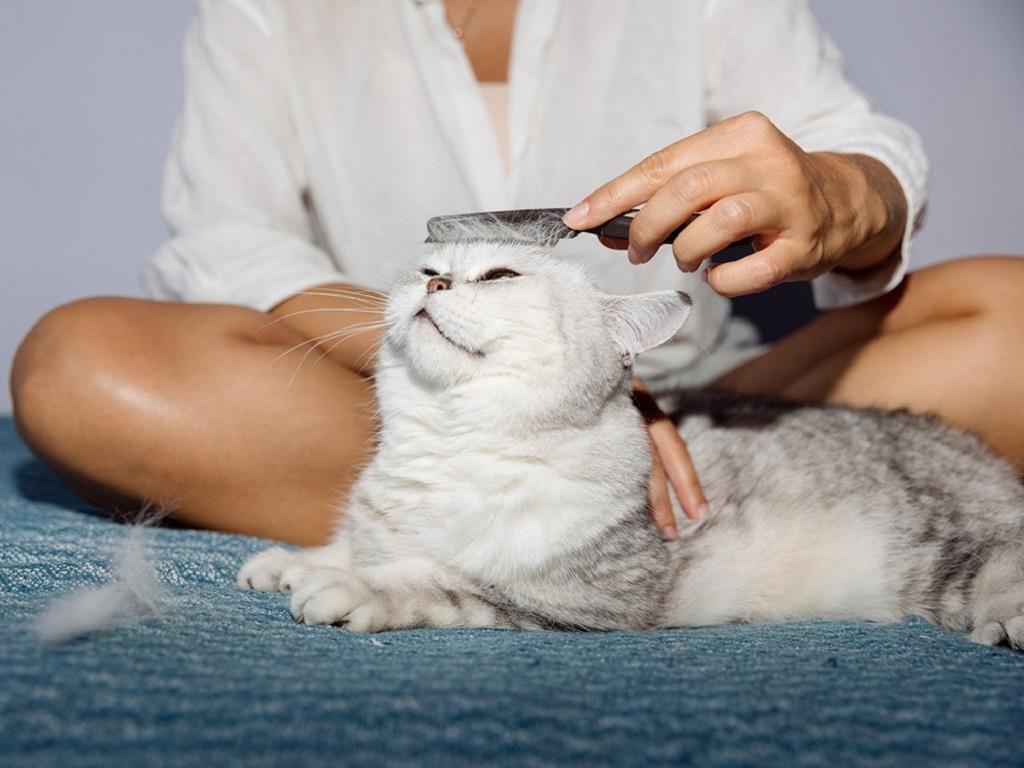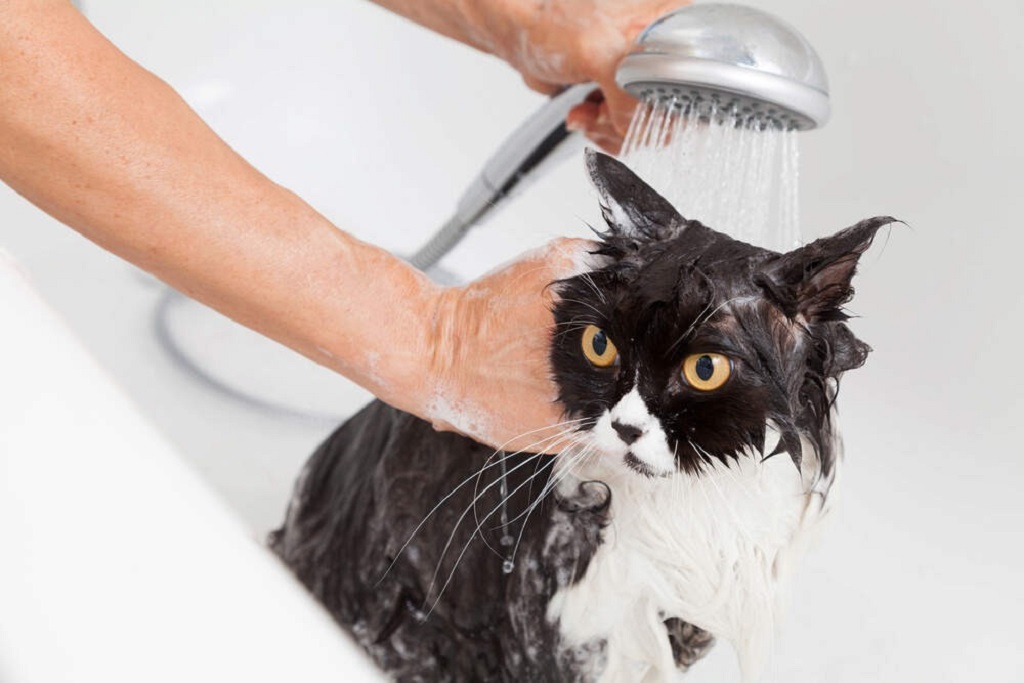Fleas are a common problem for cat owners, and they can be incredibly irritating for both the cat and the human. Not only are they unsightly, but they can also transmit diseases and cause intense itching. If you’re dealing with a flea infestation on your feline friend, here’s a guide to help you get rid of them as quickly and effectively as possible.
Understanding Fleas and Their Life Cycle
Before diving into treatment, it’s essential to understand how fleas reproduce and spread.
- Adult fleas: These are the ones you’ll see jumping around on your cat. Female fleas lay eggs on their host, which fall off into the environment.
- Eggs: These eggs hatch into larvae, which feed on organic debris and flea dirt (digested blood).
- Larvae: Larvae then pupate into cocoons.
- Adult fleas: Adult fleas emerge from the cocoons, ready to find a new host.
Understanding this life cycle is crucial because it means that simply treating your cat isn’t enough. You’ll also need to address the fleas in your home environment.
Read More Also: Music Magic: Concerts, Releases, and All That Jazz
Effective Flea Treatment Methods
Here are some of the most effective ways to eliminate fleas from your cat and your home:
1. Veterinary Consultation
Always consult with your veterinarian before starting any flea treatment. They can recommend the best products for your cat’s specific needs and can help diagnose any underlying health issues that might be contributing to the flea problem.
2. Topical Flea Medication
Topical flea medications are often the easiest and most effective way to treat fleas on cats. These products come in the form of drops or gels that are applied to the back of the neck. They kill adult fleas and prevent eggs from hatching.
3. Oral Flea Medication
For severe infestations or cats with allergies to topical medications, your veterinarian may recommend oral flea medication. These pills kill fleas and prevent future infestations.
4. Flea Shampoo
While not as effective as topical or oral medications, flea shampoo can be used as a temporary solution or in conjunction with other treatments. However, it’s important to follow the instructions carefully and avoid using human flea shampoo, as it can be harmful to cats.
Treating Your Home Environment
To prevent fleas from reinfesting your cat, it’s essential to treat your home environment as well. Here are some tips:
- Vacuum regularly: This will help remove flea eggs, larvae, and cocoons from carpets and upholstery.
- Wash bedding and toys: Wash your cat’s bedding, toys, and any other items that come into contact with your cat in hot water.
- Treat carpets and upholstery: Consider using a professional pest control service to treat carpets and upholstery for fleas.
Preventing Future Infestations
Once you’ve eliminated the fleas, it’s important to take steps to prevent future infestations:
- Regularly treat your cat: Continue to use preventive flea medication as recommended by your veterinarian.
- Vacuum regularly: Keep your home clean and free of debris.
- Check your cat for fleas: Regularly check your cat for signs of fleas, such as scratching, biting, or small black specks on their fur.
By following these steps, you can effectively rid your cat of fleas and prevent future infestations. If you have any concerns or questions, consult with your veterinarian for personalized advice.




